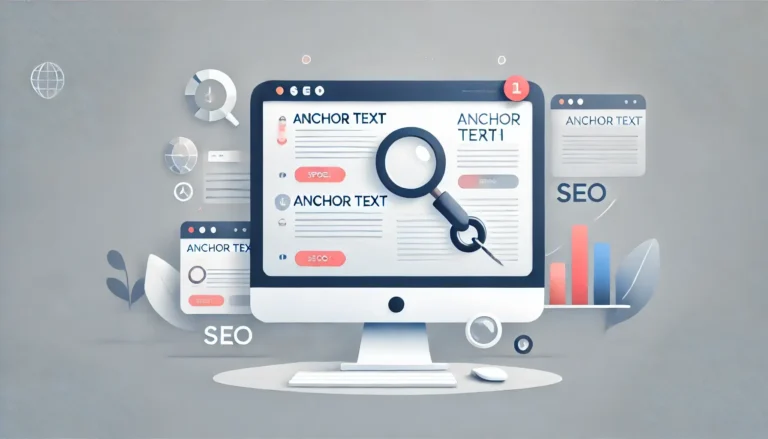In today’s digital age, web accessibility is more important than ever. It ensures that websites and online resources are usable by everyone, including people with disabilities. This comprehensive guide will explore the key aspects of web accessibility and how you can make your website more inclusive.
What is Web Accessibility?
Web accessibility means designing and developing websites so that people with disabilities can perceive, understand, navigate, and interact with them. This includes individuals with visual, auditory, physical, speech, cognitive, and neurological disabilities.
Why It Matters: Web accessibility is not only a legal requirement in many countries but also a moral obligation to ensure equal access to information and services for all users. Accessible websites also provide a better user experience for everyone, including those without disabilities.
Key Principles of Web Accessibility
Web accessibility is based on four main principles, often summarized by the acronym POUR:
- Perceivable: Information and user interface components must be presented in ways that users can perceive. For example, providing text alternatives for images helps users who are visually impaired.
- Operable: User interface components and navigation must be operable. This means that users must be able to interact with all controls and interactive elements using various input methods, such as a keyboard or voice commands.
- Understandable: Information and the operation of the user interface must be understandable. Clear and simple language, as well as predictable navigation, helps users understand and use your website.
- Robust: Content must be robust enough to be interpreted by a wide range of user agents, including assistive technologies. This ensures that your website remains accessible as technologies evolve.
Implementing Web Accessibility
- Semantic HTML: Use HTML elements according to their intended purpose. For example, use
<h1>to<h6>tags for headings and<nav>for navigation menus. This helps screen readers interpret the content correctly. - ARIA (Accessible Rich Internet Applications): Use ARIA roles, states, and properties to enhance the accessibility of web content, especially for dynamic content and advanced user interface controls.
- Color Contrast: Ensure sufficient contrast between text and background colors. This makes content readable for users with visual impairments.
- Alternative Text: Provide descriptive text alternatives for images, videos, and other non-text content. This allows screen readers to convey the information to users who cannot see the content.
- Keyboard Navigation: Ensure that all interactive elements can be accessed and operated using a keyboard. This is crucial for users who cannot use a mouse.
Testing for Accessibility
- Automated Tools: Utilize tools like WAVE, AXE, and Lighthouse to identify and fix common accessibility issues. These tools can scan your website and provide detailed reports on accessibility barriers.
- Manual Testing: While automated tools are helpful, they cannot catch every issue. Perform manual testing using screen readers, keyboard-only navigation, and other assistive technologies to identify and address accessibility challenges.
- User Testing: Involve people with disabilities in your testing process. Their feedback is invaluable for understanding real-world accessibility issues and improving your website.
Ongoing Maintenance and Improvement
- Regular Audits: Conduct regular accessibility audits to ensure that new content and features comply with accessibility standards.
- Training: Provide ongoing training for your web developers and content creators on accessibility best practices and standards.
- User Feedback: Encourage feedback from users with disabilities and use it to make continuous improvements to your website.
AccessiBe: Your Partner in Web Accessibility
To simplify the process of making your website accessible, consider using accessiBe, an AI-powered tool that automates many aspects of web accessibility. AccessiBe continuously scans and updates your website to maintain compliance with accessibility standards.
For those using WordPress, accessiBe offers a seamless integration that makes it easy to enhance your site’s accessibility. You can learn more about integrating accessiBe with ADA compliance WordPress plugin.
Additionally, accessiBe provides a wealth of resources to help you understand and implement web accessibility best practices. For detailed guidance, visit their knowledge base.
Conclusion
Web accessibility and ADA compliance are not just legal requirements but vital aspects of creating an inclusive digital environment. By following best practices and leveraging the right tools, you can ensure that your website is accessible to all users, regardless of their abilities. Embracing accessibility not only enhances the user experience but also broadens your audience and demonstrates your commitment to inclusivity.
For more information and resources on web accessibility, feel free to contact us. Let’s make the web a more accessible place for everyone.
Additional Resources: How to Make Your WordPress Website Accessible
This review was written in association with accessiBe




